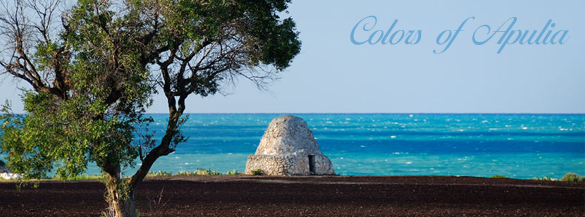Tourism in Apulia
The well-being recorded particularly in the last century has led to development of tourism. Italy is a country of strong tourist attraction for its natural beauty and cultural.
Beach tourism is the most comprehensive in Apulia, given the beauty of the coastline. The majority of tourists often stop at hotels, hostels, guesthouses, tourist facilities or non-hotel accommodation such as campsites and holiday villages. While a huge number of choices does not necessarily indicate tourist accommodation because hotels and pensions can be designed to accommodate those who travel for work, camps and villages are.
The distribution of campsites and tourist villages and coastal outlines is always very near the tourist resort hierarchy. Less uneven distribution of hotels and pensions, it is always possible to make a reservation Hotels in Puglia in a simple and fast and plan their holidays in Puglia.
Looking at the region from a satellite, it is easily recognizable and occupies about 6.5% of Italian surface. Its shape is long and narrow, characterized by the ‘spur of the boot of Italy’, ie the Gargano, and the heel, that is, the Salentine peninsula. From the far north-west (border with Molise), the Head of SMdi Leuca, measures 360 km, then a region is elongated. No point then is 75 Km from the sea more than the average width of the region is 50-60 km
Calabria has a strong coastal development. Excluding the major Italian islands, Sicily and Sardinia, Apulia is the maritime region. The proximity of the sea is a positive factor, as it has influenced the climate, making it milder, employs fishermen, facilitates transport and communications, attracts many tourists.
The Apulia region appears flat, but carefully observed also known hills and mountains. However, in general, our region is the flattest of the South and one of the flattest of Italy. It is second only to the Veneto.
In addition to the provinces through which we can divide up the territory of the region according to unofficial features, which often represent a legacy of our history, or that are based on physical or human characteristics of the territory. There is not always agreement on the boundaries and names of these subregions. These subregions differ in the landscape and population characteristics. However, in Puglia we can identify:
- The Gargano, made up of a massive mountainous promontory
- The Daunian Apennine, characterized by hills and low mountains
- The board of Foggia, characterized by a plain
- The Murge high, and high internal area which is within the province of Taranto and Bari
- The selvage Resort, a narrow coastal strip, dense population and economic activities, which extends throughout the province of Bari and Brindisi
- The Premurgia, transition zone between high and Murge Selvage Resort
- The Murgia of Trulli, characterized by the presence of trulli
- The Amphitheatre tarantino, some hills, seamed with many ravines
- The murge of Salento, the area where the Salento peninsula comes in Murgia
- The board Talentino, flat area in the central part of the Salento peninsula
- The greenhouses of Salento, in the sides of the Salento peninsula, characterized by greenhouses, low hills that resemble small gently rolling landscape.
They do not exceed 200 meters, but in a flat region as Apulia even modest undulations assume the importance of hills
From geological point of view, our region’s young. It was formed gradually, so much so that in the distant past, the plains were not present. Let’s see why. The Earth’s crust consists of rocks. The term rock, usually you think of a hard and compact, but not always the case. Even sand and clay are rocks. They are not always visible to us, often are covered by a layer of soil, the agricultural soil, in which the plants have their roots, drawing nourishment. Soil that still represents a transformation of the rocks.


